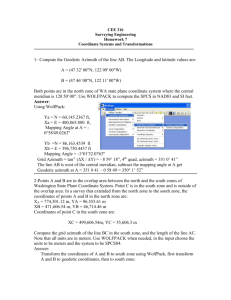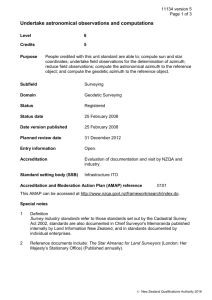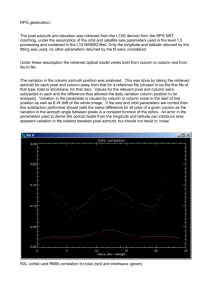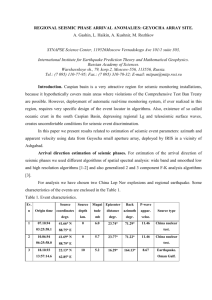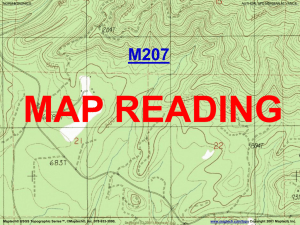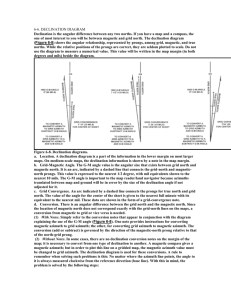SI_Denolle_14
advertisement
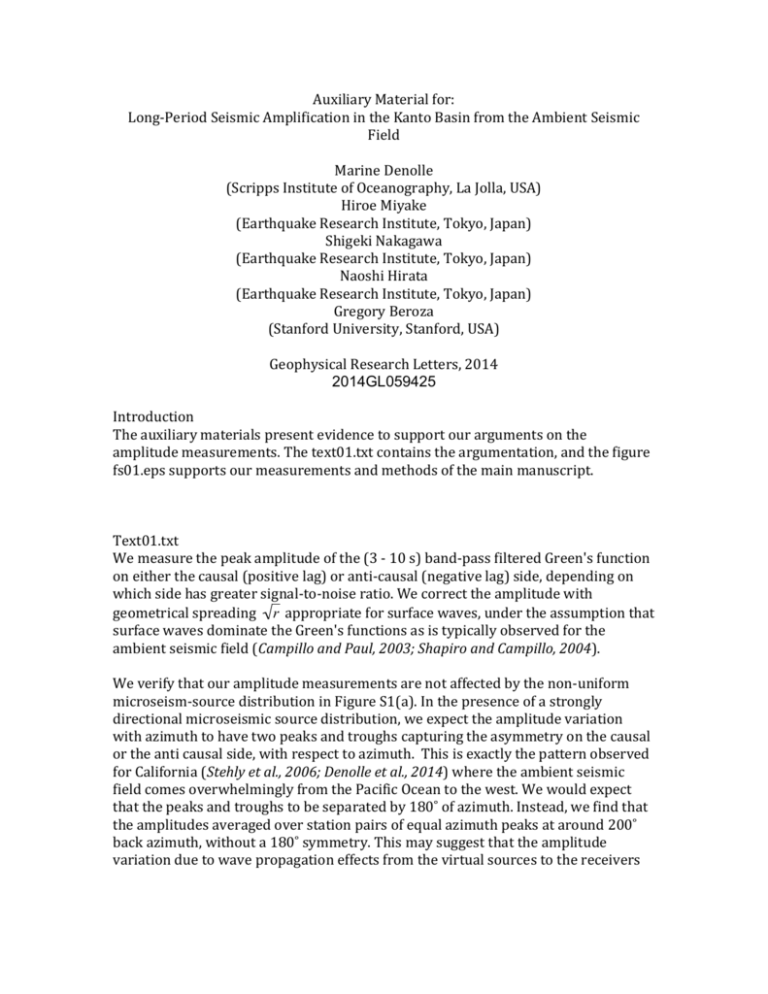
Auxiliary Material for: Long-Period Seismic Amplification in the Kanto Basin from the Ambient Seismic Field Marine Denolle (Scripps Institute of Oceanography, La Jolla, USA) Hiroe Miyake (Earthquake Research Institute, Tokyo, Japan) Shigeki Nakagawa (Earthquake Research Institute, Tokyo, Japan) Naoshi Hirata (Earthquake Research Institute, Tokyo, Japan) Gregory Beroza (Stanford University, Stanford, USA) Geophysical Research Letters, 2014 2014GL059425 Introduction The auxiliary materials present evidence to support our arguments on the amplitude measurements. The text01.txt contains the argumentation, and the figure fs01.eps supports our measurements and methods of the main manuscript. Text01.txt We measure the peak amplitude of the (3 - 10 s) band-pass filtered Green's function on either the causal (positive lag) or anti-causal (negative lag) side, depending on which side has greater signal-to-noise ratio. We correct the amplitude with geometrical spreading r appropriate for surface waves, under the assumption that surface waves dominate the Green's functions as is typically observed for the ambient seismic field (Campillo and Paul, 2003; Shapiro and Campillo, 2004). We verify that our amplitude measurements are not affected by the non-uniform microseism-source distribution in Figure S1(a). In the presence of a strongly directional microseismic source distribution, we expect the amplitude variation with azimuth to have two peaks and troughs capturing the asymmetry on the causal or the anti causal side, with respect to azimuth. This is exactly the pattern observed for California (Stehly et al., 2006; Denolle et al., 2014) where the ambient seismic field comes overwhelmingly from the Pacific Ocean to the west. We would expect that the peaks and troughs to be separated by 180˚ of azimuth. Instead, we find that the amplitudes averaged over station pairs of equal azimuth peaks at around 200˚ back azimuth, without a 180˚ symmetry. This may suggest that the amplitude variation due to wave propagation effects from the virtual sources to the receivers overcomes the amplitude variation that may arise from non-uniform noise source distribution. The distribution of virtual sources, on the other hand, is very uneven and reflects the amount of available land as a function of azimuth (Fig. S1(b)). To remove this bias from our basin excitation measurements, we construct a function to weight the contribution of virtual sources inversely with the density of stations with azimuth, smoothed using a running average, at each receiver. Campillo, M., and A. Paul (2003), Long-Range Correlations in the Diffuse Seismic Coda, Science, 299(5606), 547–549, doi:doi:10.1126/science.1078551. Denolle, M. A., E. M. Dunham, G. A. Prieto, and G. C. Beroza (2014), Strong Ground Motion Prediction using Virtual Earthquakes, Science, 343, 399–403, doi:10.1126/science.1245678. Shapiro, N. M., and M. Campillo (2004), Emergence of broadband Rayleigh waves from correlations of the ambient seismic noise, Geophys. Res. Lett., 31, L07,614, doi: 10.1029/2004/GL019491. Stehly, L., M. Campillo, and N. M. Shapiro (2006), A study of the seismic noise from its long-range correlation properties, J. Geophys. Res., 111, B10306. 1. fs01.eps (Figure S1) (a) Peak amplitudes averaged over station pairs of equal back azimuth. (b) Number of stations pairs with respect to back azimuth (red curve) and weight function (blue curve).


